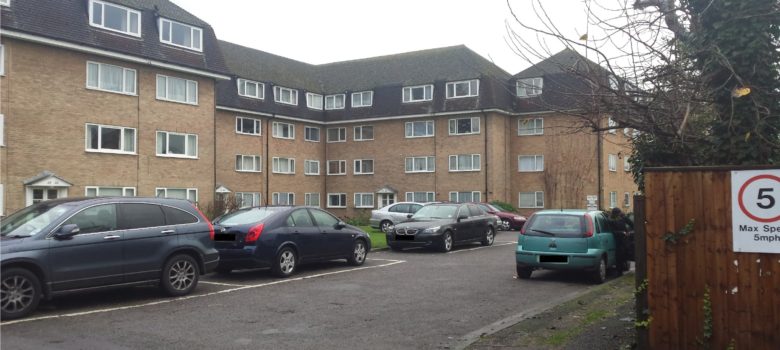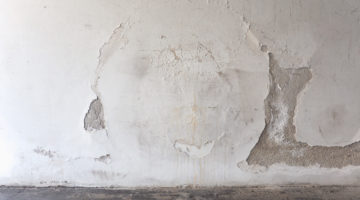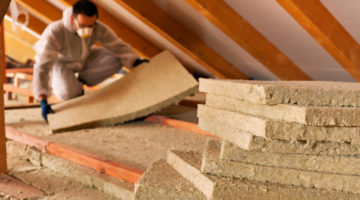
Cavity wall insulation is a procedure undertaken to insulate between the cavity of two skins of material (brick or blocks) to improve energy efficiency and minimise condensation on the inside of the wall. If done carefully and diligently, cavity wall insulation improves the internal environment of the property by ensuring a home or flat is not only warmer in the winter but cooler in a heatwave.
Project background – Cavity wall insulation in flats
Together with our partners at City Energy and SSE (the energy company), we embarked on a project in Southwest London to insulate over 60 flats in 8 separate blocks, each 3 storeys. These flats were of early 1960s construction, which means that although cavity walls pretty much became the standard in construction, unfortunately insulation wasn’t yet considered.
The team carried out all the energy assessments on the properties to meet the strict funding guidelines of the government’s Energy Company Obligation. In short, the energy assessments allow the funders to assess how much carbon can be saved from the cavity wall insulation process. The projected saving of carbon allows the funder to calculate how much the project is worth. Ideally the funding amount would cover the cost of wages, materials and all the upfront survey costs, so that the end product the customer could be offered for free. In this case we managed to secure enough funding to allow us to do this.
Is insulation for multi-storey apartments / flats still free?
However, if you are reading this post 2016-17, we would assume that that projects like this where they are 100% funded by grants are no more. This is because the funding is now extremely limited, and the Government want projects like these to have an element of “self contribution” from the landlord or the customer. The Government no longer sees insulation as a “free product”, but rather an element that should be valued by the end user, hence the move to self contribution.
What materials were used for this insulation project?
Both mineral wool and polystyrene beads can be used in the cavity wall insulation process, but in this case the results of the technical survey pointed towards using mineral wool. The whole project took 4-5 weeks to complete, with at least a month of planning prior to undertaking all the surveying. Projects of this size require detailed planning and high attention to detail. As this was a high-profile job, the project team were not only inspected by SSE on the funding side, but also by the British Board of Agrement who oversaw all the technical and insulation aspects. In the end, the insulation was very warmly received by the residents of the blocks. They were let down by other contractors and companies in the past and were pleasantly surprised by the high degree of professionalism and workmanship shown by the team.
Installing Cavity Wall Insulation
Need cavity wall insulation? We have scoured the country for the best tradespeople, so that we can make sure we only recommend those we really trust. You can find one of these tradespeople on our easy to use local installer map.
If you would like us to find you a local insulation installer, just fill in the form below and we will be in touch shortly!











No Comments yet! Be the first one.